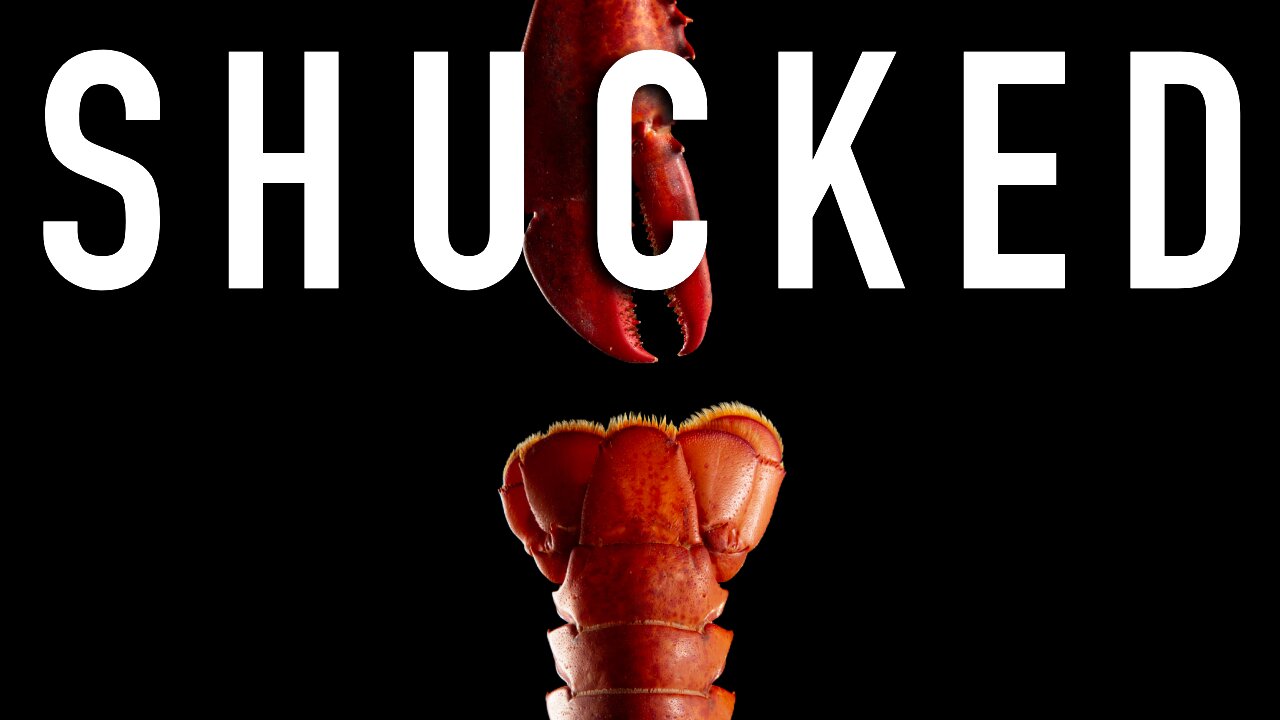Premium Only Content

The ONE Thing That Killed Red Lobster (NOT Endless Shrimp)
Red Lobster’s bankruptcy was caused by more than just its failed "Endless Shrimp" promotion.
The downfall of Red Lobster is a case study in corporate mismanagement. Once a beloved restaurant chain, it was ultimately destroyed by poor decision-making, financial blunders, and disastrous leadership.
Founded in 1968 by Bill Darden, Red Lobster was sold in 2014 to Golden Gate Capital for $2.1 billion. In 2016, Thai Union acquired a minority stake and took full control in 2020—setting off a chain reaction of failures that led to bankruptcy.
The Endless Shrimp Disaster
Loss leaders are common in business, designed to attract customers who will spend more elsewhere. Costco’s famous $1.50 hot dog combo is a great example. However, Red Lobster’s attempt at a loss leader—an all-you-can-eat shrimp deal for just $20—was a financial catastrophe. Customers consumed dozens of shrimp per sitting, causing Red Lobster to lose $11 million on this single menu item. Despite warnings that the price was unsustainable, Red Lobster made Endless Shrimp a permanent menu option in June 2023, heavily promoting it and compounding their losses.
Real Estate Troubles
When Darden Restaurants sold Red Lobster in 2014, a $1.5 billion sale-leaseback deal forced the chain to pay rent on properties it once owned. While this move enriched Golden Gate Capital, it saddled Red Lobster with expensive leases, making financial recovery nearly impossible.
Thai Union’s Costly Takeover
Thai Union, one of the world’s largest seafood suppliers, gained a 49% stake in Red Lobster in 2020. Despite promises not to interfere, they embedded executives at Red Lobster’s headquarters and forced major changes. Longtime leadership was replaced, and the company cycled through five CEOs in five years.
Thai Union used its influence to cut Red Lobster’s long-standing seafood suppliers, ensuring the chain purchased more shrimp from Thai Union—at inflated prices. This led to menu changes that alienated customers, including charging extra for a side salad. Meanwhile, cost-cutting measures such as eliminating kitchen sauté stations and stretching staff thin degraded the dining experience, further driving away loyal customers. By 2024, Red Lobster’s annual customer count had dropped 30% from its 2019 peak.
The Final Collapse
After years of financial losses, debt burdens, and mismanagement, Thai Union announced in January 2024 that it was taking a $530 million loss and divesting from Red Lobster. By February, the chain was up for sale, ultimately leading to bankruptcy.
While Thai Union blamed the pandemic, inflation, and rising labor costs, Red Lobster’s downfall was a result of reckless decisions, overpriced supply contracts, and severe operational missteps. What was once a thriving American restaurant chain was dismantled by mismanagement, greed, and failed corporate strategies.
00:00 - Red Lobster Collapsed
00:52 - Endless Shrimp Disaster
02:00 - Endless Shrimp Becomes Permanent
02:46 - Red Lobster Real Estate
04:11 - Thai Union’s Takeover
04:41 - CEO and Execs Quit
05:12 - Poor Management
05:44 - Paul Kenny Bad Decisions
06:18 - Customer Backlash
07:21 - Red Lobster Cost Cutting
08:02 - Forced to Buy Shrimp
08:49 - Bankruptcy and Final Collapse
-
 5:07
5:07
Mini Money Docs™
29 days agoThe 5 BEST Selling As Seen on TV Products Of All Time
19 -
 29:05
29:05
Man in America
13 hours agoDid the Fed Just Admit Gold Will Be Revalued? This Could Change EVERYTHING
18.1K1 -
 45:54
45:54
MattMorseTV
3 hours ago $0.27 earned🔴55 MILLION immigrants are UNDER REVIEW. 🔴
18.2K19 -
 3:15:07
3:15:07
TheItalianCEO
4 hours agoLast Stream before I go - Playing The Finals
9.92K -
 1:14:43
1:14:43
JustPearlyThings
3 hours agoPearl Reacts: 20 Black Conservatives DESTROY Radical Feminist Activist | Pearl Daily
31.6K12 -
 LIVE
LIVE
This is the Ray Gaming
2 hours ago $0.04 earnedThursRAY Night LIVE with the BOYS! | Rumble Premium Creator
46 watching -
 LIVE
LIVE
The UC Zone
5 hours ago🔴LIVE - THE UC ZONE - NEW UPDATE TO OFF THE GRID?!?
12 watching -
 2:09:22
2:09:22
Robert Gouveia
6 hours agoTrump WINS Appeal! 🚨 Letitia James BLOWN OUT! Biden Scandal BOMBSHELL!
34.1K18 -
 3:15:52
3:15:52
Barry Cunningham
6 hours agoBREAKING NEWS: PRESIDENT TRUMP ON PATROL IN WASHINGTON D.C.
55.2K26 -
 13:09:35
13:09:35
LFA TV
16 hours agoLFA TV ALL DAY STREAM - THURSDAY 8/21/25
150K26